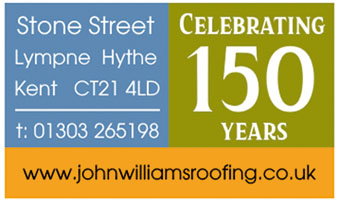John Williams & Company - still thriving after over 150 years
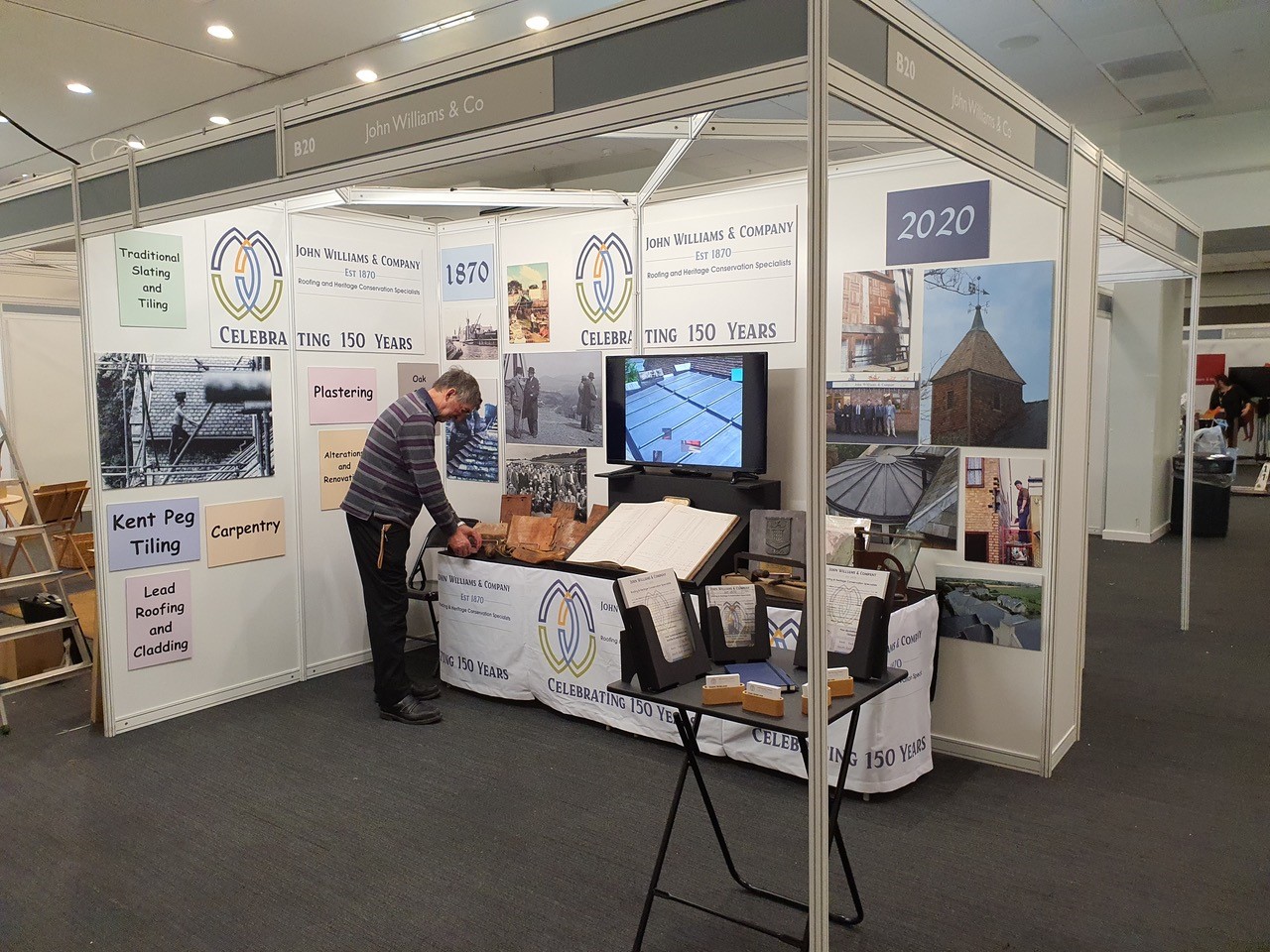 John Williams & Company (familiarly known as JW & Co) is a well-known name in the roofing and slating trades and has been for well over a century. In fact, the firm celebrated its 150th anniversary in 2020.
John Williams & Company (familiarly known as JW & Co) is a well-known name in the roofing and slating trades and has been for well over a century. In fact, the firm celebrated its 150th anniversary in 2020.
The date of 1870 as the establishment of the company lies in Whitaker’s Red Book of Business, published in 1907. The entry tells us that JW & Co was established in 1870 especially to transport slate from the Dinorwic slate quarries in North Wales.
There is a possibility that the company derives from a previous firm – a ‘Williams’ in Bangor – that has been traced back to 1822.
According to the firm’s official history: “There is a tantalising line of enquiry thrown up by adverts from around 1845 regarding the Williams patent ridging. An advert in the Cambridge Advertiser dated 1844 relates to Williams patent ridging ‘manufactured by the patentee at Port Penrhyn, Bangor’. We know that JW & Co had a facility at Mold Junction, Bangor – is this the same? There is also an entry in the Civil Engineer & Architects Journal from 1845 which describes the Williams ridge with drawings. Could this be the link back as far as 1822?”
However, the name that has been associated with the company for most of its long history is Greenwood. A Joshua James Greenwood was principal at the time of the Red Book entry in 1907. The official history explains: “John Williams & Co are described as being distributors of Welsh slate, as well as manufacturers of slate products such as electrical switch boards, window cills, door cills, mortuary slabs and many other forms of architectural slate. The article also states that John Williams & Co manufacture the Williams patent slate ridging.
“At that time the company transported slate from the Dinorwic quarries by barge from its dock in Bangor to its main distribution point at Dinorwic Wharf, Rotherhithe. The company also had wharfs at Newhaven Quay, Whittle’s Wharf in Faversham, Crown Wharf in Chelsea and Southampton Docks. The yard at Rotherhithe Street had its own stable and horses were used to pull cart-loads of slates around the streets of London.”
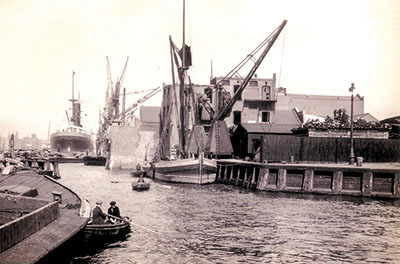 A leader in the industry
A leader in the industry
Prior to 1892 the slate industry was represented by a number of fragmented trade associations. In that year, however, a meeting took place in York of 40 slate merchants and slaters with the object of forming a national association – the embryo of the National Federation of Roofing Contractors.
In 1893 the first AGM was held in Leeds of The National Association of Slate Merchants, Slaters & Tilers and the London Association of Slate Merchants and Master Slaters. In October of the same year a meeting was held at the Charing Cross Hotel in London, attended by 11 London-area slate merchants and slaters who formed the London regional branch of the national association.
At another meeting in November they formed the independent London Association of Slate Merchants, Master Slaters & Tilers, to co-operate with the national association. J J Greenwood represented John Williams & Co at the inaugural meeting at the Charing Cross Hotel, and his name appears on the original hand-written notes of the meeting. The name was changed in 1943 when the London Association of Slate Merchants, Master Slaters & Tilers merged with The National Association of Slate Merchants, Slaters & Tilers to become known as The National Federation of Roofing Contractors (NFRC).
The NFRC remains the principle trade association for the roofing industry, and in 2017 – its 125th anniversary year – it recognised JW & Co as the oldest member company of the association: something that they are rightly very proud of.
John Williams & Co have paid an active part in the NFRC over the years, with its chairman holding the office of president during two very important periods covering both world wars: JJ Greenwood was president from 1915-1923 and E Greenwood was president from 1938-1943.
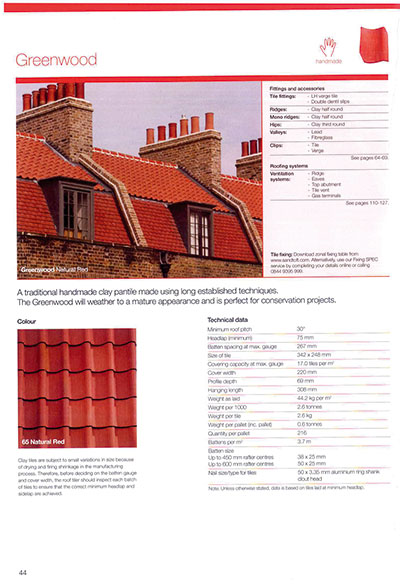 The move into clay
The move into clay
In the early years the company was involved in the manufacture of cement and plaster of Paris, as well as being slate merchants, marble merchants and contractors. The rise and popularity of clay tiles saw the company diversify into the manufacture of clay tiles in 1931, with its own tile works – Greenwoods Tileries Ltd – based at Barton-upon-Humber in what is now North Lincolnshire. The Greenwood pantile is still manufactured today and occasionally tiles are found with ‘John Williams & Co Rotherhithe’ embossed on the back. Greenwood Tilery was listed in A Snapshot of Barton-upon-Humber in 1939 as being at 117 Maltkiln Road.
The tile manufacturing business was taken into the ownership of Goxhill Roof Tiles, then Sandtoft Roof Tiles and more recently Wienerberger – although Greenwoods Tileries Ltd and Barton Tileries Ltd remained registered as fully-owned subsidiary companies of John Williams & Co Rotherhithe Ltd into the 1980s.
Notable tiles manufactured by Greenwoods Tileries Ltd and Barrow Tileries Ltd were the Greenwood Pantile, The Greenwood Roman tile and the Gaelic tile.
John Williams & Company Rotherhithe Ltd was incorporated in 1931.
Stamped for posterity
It was not uncommon for larger contractors to promote themselves by having their names stamped onto the back of roof tiles or to have their initials stamped on the head of roofing nails.
According to the history: “It is not uncommon for us even now to strip old roofs and find ‘John Williams & Co Rotherhithe’ on the tiles or ‘JW&Co’ on the copper nail heads – a lovely touch which is sadly missing today.
“In addition to roof slating and tiling the company also has a long history in the supply of glazed wall tiling. There was a shop at Worthing which also contracted, a contracting department at Rotherhithe (JW Ceramics) and in 1979 a new fully-owned subsidiary company, Southern Tile Distributors Ltd, was set up in Bedford to distribute glazed tiles imported from Italy and Spain throughout the South of England. None of these operations were very successful in the long term and were all either closed or sold off.”
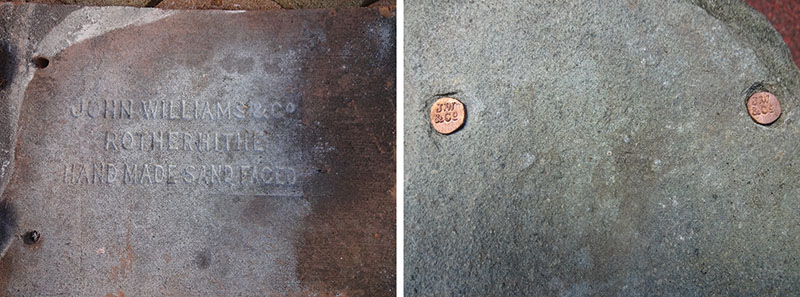
The modern era
Following World War Two the company expanded further and opened a branch in Dover around 1946, at 46 Northampton Street. It was a very successful operation and local newspaper articles detail many contracts secured by the company for schools and local authority housing projects.
The premises at Dover were rented from the Dover Harbour Board and when in the mid 1970s it became obvious that the area was likely to be re-developed, JW & Co started looking for other premises. In 1975 a builder’s yard became available in Lympne near Hythe. That is now the company’s headquarters.
The history describes the transition: “Although the company moved to Lympne in December 1975 it was some years later before the word ‘Dover’ was removed from the name because it had become rather confusing given the geographic location. Under the local leadership of Len Rice the Lympne branch moved away from new site work, which was very competitive and low profit, to concentrate on re-roofing works which better suited the traditional skills of our workforce, was more profitable and provided far greater job satisfaction for our staff. Works included domestic re-roofing as well as heritage buildings and work for hospitals and schools.”
In 1976 the first John Williams Slate Manual was published – a publication which is still sort after by professionals. Two further updated manuals were published and the information is now available on the company’s website and is still widely accessed by surveyors and architects. Then, in 1986, the Lympne branch became members of the new Lead Contractors Association to strengthen its position in traditional heritage leadwork.
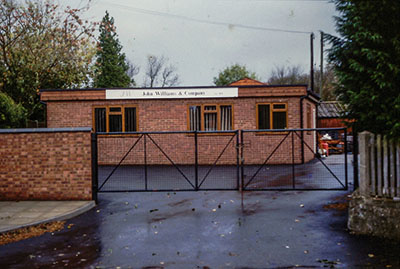 JW & Co have always valued their loyal and trusted staff, and when the opportunity arose in 2000 to gain Investor in People accreditation it was grasped with both hands. IiP accreditation was awarded in 2000 and has been continuously held ever since, last having been assessed in 2018.
JW & Co have always valued their loyal and trusted staff, and when the opportunity arose in 2000 to gain Investor in People accreditation it was grasped with both hands. IiP accreditation was awarded in 2000 and has been continuously held ever since, last having been assessed in 2018.
The last member of the Greenwood family to act as chairman and managing director – John A Greenwood – planned to retire in 2004 and, not having any family who wanted to take on the business, he made arrangements to sell the trading operation at Lympne to John Howland. John Howland’s son Shaun joined the company in 2004.
When, in 2017, John Williams & Co were officially recognised as probably the oldest member company of the NFRC, John Howland was invited to sit on the NFRC London & Southern Counties Regional Committees.
To mark the company’s 150th anniversary a number of special events are planned to celebrate the wonderful achievement – including a charity golf day, staff reunion, special displays and craft demonstrations, and a celebration dinner.
Training and staff development have always been important and the company continues to train apprentices for the future. To promote the business and the heritage sector generally the company displays at trade and heritage shows and offers technical seminars and talks to architects, surveyors and other interested parties.
Going forward the company will focus on heritage building and roofing crafts, while always remaining willing to embrace new technologies, ideas and materials where appropriate.
• For further information call 01303 265198 or visit the website at www.johnwilliamsroofing.co.uk











